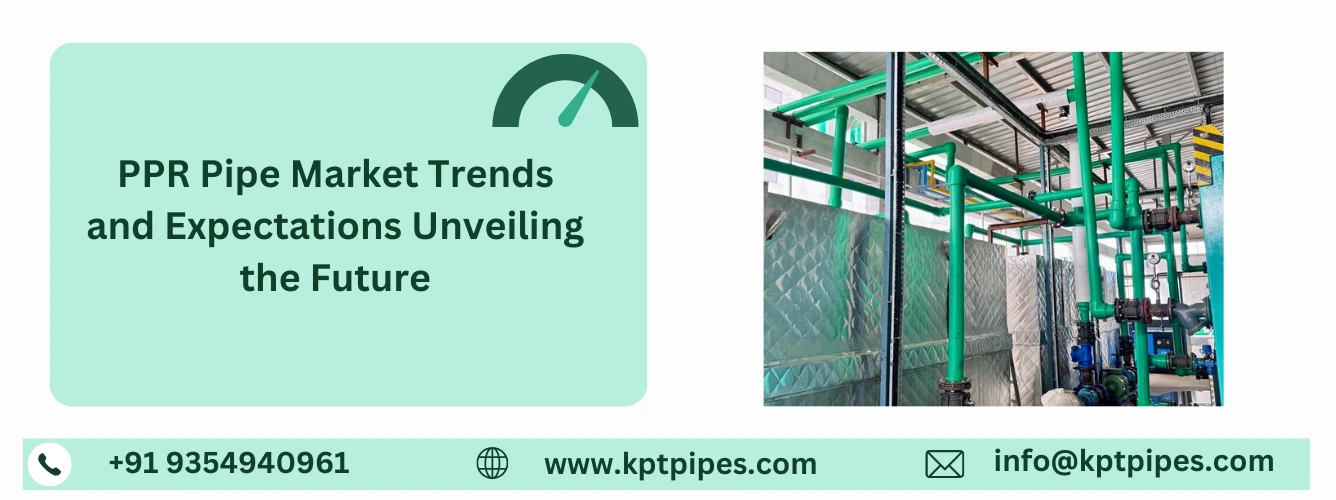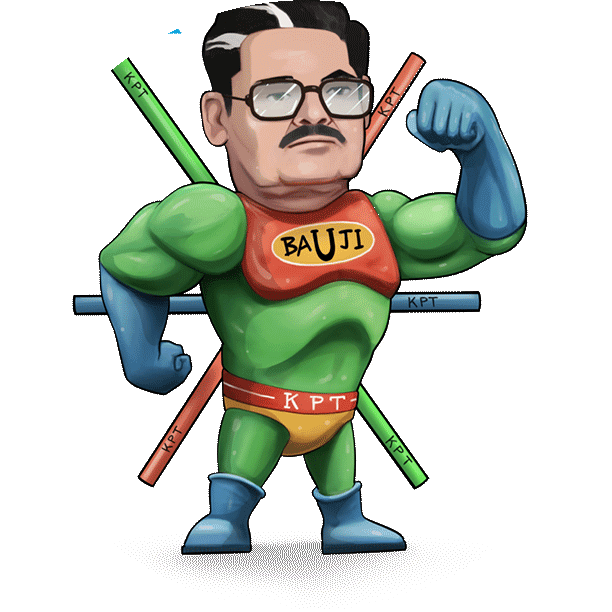
14 Mar PPR Pipe Market Trends and Expectations Unveiling the Future
In the realm of infrastructure and plumbing, Polypropylene Random Copolymer (PPR) pipes have carved a significant niche for themselves. Known for their durability, longevity, and versatility, PPR pipe has become the preferred choice for many construction projects and plumbing systems worldwide. As we stride into the future, it’s essential to unravel the anticipated trends and expectations that will shape the PPR pipe market in the coming years.
PPR Pipe Gives Sustainable Solutions:
Sustainability has become the cornerstone of modern infrastructure development. As environmental concerns continue to escalate, there’s a growing demand for eco-friendly construction materials. PPR pipes, being recyclable and eco-friendly, are poised to witness a surge in demand. Manufacturers are likely to focus on enhancing the sustainability quotient of PPR pipes through innovations in raw materials and manufacturing processes.
Technological Advancements:
The integration of technology in manufacturing processes is revolutionizing the PPR pipe industry. Advanced techniques such as extrusion molding and 3D printing are enhancing production efficiency and product quality. Moreover, the incorporation of smart technologies like IoT sensors for monitoring pipe health and detecting leaks is gaining traction. Expect to see a proliferation of technologically advanced PPR pipe solutions that offer improved performance and functionality.
Rise in Infrastructure Development:
With rapid urbanization and population growth, there’s an ever-increasing need for robust infrastructure systems. PPR pipes and fittings play a vital role in modern infrastructure projects, including residential, commercial, and industrial developments. As governments worldwide allocate substantial budgets for infrastructure development, the demand for PPR pipes is expected to witness a steady rise.
Focus on Water Conservation:
Water scarcity is a pressing global issue, driving the need for efficient water management solutions. PPR pipes, with their smooth inner surface and leak-resistant properties, contribute to water conservation efforts by minimizing wastage and leakage. As communities and industries prioritize water conservation, the adoption of PPR pipes for plumbing and irrigation systems will likely see a significant uptick.
Quality Assurance and Standards Compliance:
As consumer awareness regarding product quality and safety grows, manufacturers are under increasing pressure to adhere to stringent quality standards and regulations. In the coming years, we can anticipate a heightened focus on quality assurance measures and compliance with industry standards such as ISO 15874. This emphasis on quality will further bolster consumer confidence in PPR pipes and drive market growth.
Expansion in Emerging Markets:
Emerging economies are witnessing rapid urbanization and infrastructural development, presenting lucrative opportunities for PPR pipe manufacturers. Countries in Asia-Pacific, Latin America, and Africa are expected to witness robust growth in construction activities, thereby fueling the demand for PPR pipes. Manufacturers are likely to expand their presence in these burgeoning markets through strategic partnerships and distribution networks.
Customization and Product Innovation:
As consumer preferences become more diverse, the need for customizable and innovative PPR pipe solutions becomes apparent. Manufacturers are expected to invest in research and development to introduce innovative products tailored to specific applications and requirements. From enhanced heat resistance to antimicrobial properties, expect to see a myriad of innovative features integrated into PPR pipes.
Shift towards Lightweight Materials:
In an era where efficiency and sustainability are paramount, lightweight construction materials are gaining prominence. PPR pipes, being lightweight yet durable, offer distinct advantages in terms of ease of handling, transportation, and installation. This shift towards lightweight materials is expected to drive the adoption of PPR pipes across various sectors, including residential, commercial, and industrial projects.
Conclusion
In conclusion, the PPR pipe market is poised for dynamic growth and innovation in the coming years. With a strong emphasis on sustainability, technological advancements, and quality assurance, PPR pipes are set to become indispensable components of modern infrastructure systems. By staying attuned to market trends and consumer preferences, stakeholders can capitalize on the burgeoning opportunities presented by the evolving PPR pipe market landscape.


